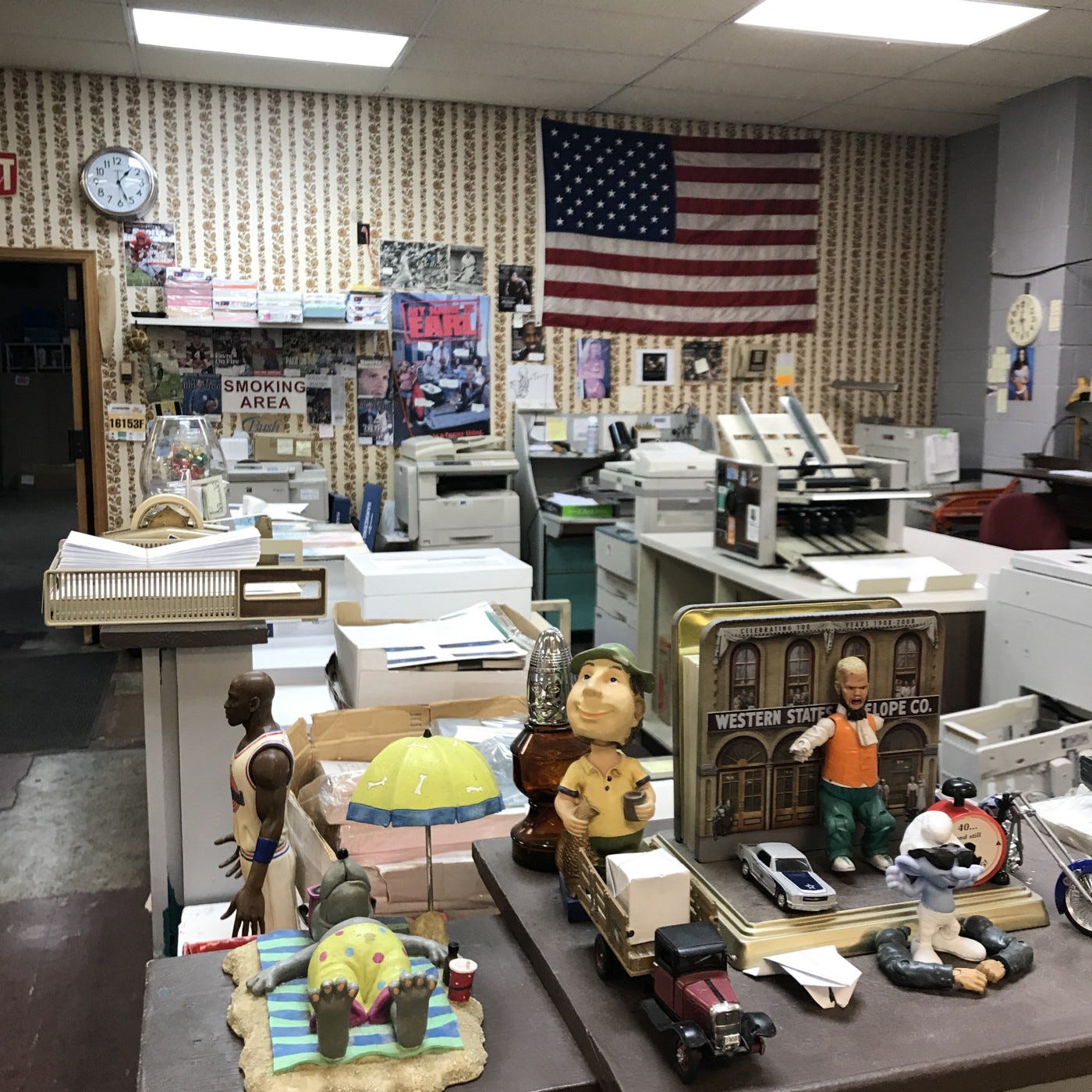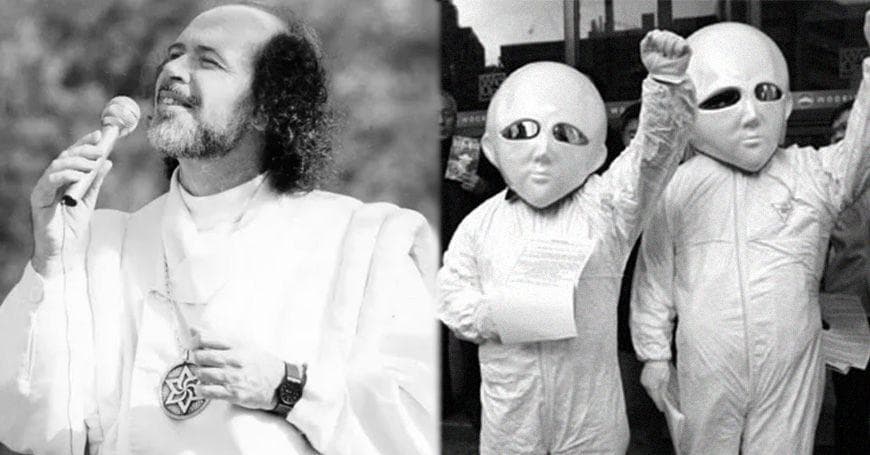
Can they find any similarities? Are they convinced that nostalgia is an early form of PTS? Students might compare the symptoms they found in the Chronicling America articles with the modern symptoms of PTS.

“The Exchange of Prisoners,” The Daily Register.“Home Sickness of Soldiers,” Cincinnati Daily Press – January 24, 1862.“A Soldiers Story,” Vermont Phoenix – August 31, 1866.“Papers and Periodicals For the Soldiers- Free,” The Big Blue Union – December 26, 1863.“Nostalgia,” Cleveland Morning Leader – July 10, 1862.“Nostalgia,” Daily Intelligencer – October 15, 1861.Cleveland Morning Leader, July 10, 1862įor further investigation, students might explore these additional articles: The Plymouth Democrat wrote of soldiers sinking into “utter inaction and depression” in an “epidemic fashion.” These references are just a few examples of the dozens of accounts that students can analyze to discover the symptoms of Civil War nostalgia.

The Daily Intelligencer described a young boy with a pale face who couldn’t stop crying and was bedridden. It discussed how without treatment–in this instance, being sent home–he would likely have died by suicide. One popular paper, the Cleveland Morning Leader, described a soldier talking in his sleep, hallucinations of wartime, and insanity. Many newspapers available in Chronicling America reported the symptoms of nostalgia at the time. When we think of nostalgia, we tend to think of sentimental childhood memories, often associated with joy however, during the Civil War it was known as a perplexing condition that, according to the Jeffersonian Newspaper, was a frequent killer of soldiers. Today, the term nostalgia is very different from what it was during the 1860s. One of the most devastating conditions that affected Civil War soldiers was at the time called nostalgia. Article from the Jeffersonian Newspaper March 16, 1865


 0 kommentar(er)
0 kommentar(er)
